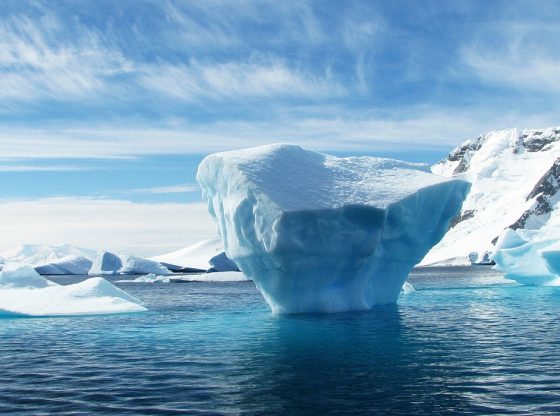
American and British coral researchers have found small “oases” of corals that have recovered well after bleaching events and other damage.
The researchers have studied coral reefs in, among other places, French Polynesia and found small oases of corals that seem to recover and thrive – despite the fact that surrounding reefs were severely affected by bleaching.
The researchers who led the study, and who on several occasions studied the same reef in Moorea outside of French Polynesia, say that they were totally surprised when they noticed how well the coral had recovered in some places. There are areas where the seabed is now covered with 80 percent healthy thriving coral, they say.
This is good news, however, it does not mean that coral reefs are no longer one of the world’s most threatened ecosystems. But the discovery can provide new insights on how different coral reefs are affected, why some reefs are more vulnerable than others, and how to better protect and help coral reefs to re-flourish.
“Coral reefs are in rapid, global decline but the severity of degradation is not uniform across the board and what we have identified are coral reefs that are doing better than their neighbors against the worst effects of climate change and local impacts.”
“This glimmer of hope does not mean we can be complacent about the severity of the crisis facing most of the world’s coral reefs. But it does give us a starting point from which to understand why some ecosystems might be more resistant than others and to identify areas that warrant stronger protection or specific management strategies, such as restoration or mitigation.”
– Lead author on the paper Dr. James Guest, from Newcastle University, UK.
The study’s results also show that coral reefs vary a lot in their response to disturbances, even at very small scales of tens to thousands of meters. Hopefully, these findings can help researchers and conservationists develop successful coral health strategies.
Coral bleaching is an ever more common phenomenon around the world due to increased water temperatures. When water is too warm, corals will expel the algae (zooxanthellae) living in their tissues causing the coral to turn completely white. This is called coral bleaching. When a coral bleaches, it is not dead. Corals can survive a bleaching event, but they are under more stress and are subject to mortality.
Reference:
James Guest, et al. 2018. A framework for identifying and characterizing coral reef ‘oases’ against a backdrop of degradation. Journal of Applied Ecology. Doi: 10.1111 / 1365-2664.13179











![OpenAI. (2025). ChatGPT [Large language model]. https://chatgpt.com](https://www.illustratedcuriosity.com/files/media/55136/b1b0b614-5b72-486c-901d-ff244549d67a-350x260.webp)
![OpenAI. (2025). ChatGPT [Large language model]. https://chatgpt.com](https://www.illustratedcuriosity.com/files/media/55124/79bc18fa-f616-4951-856f-cc724ad5d497-350x260.webp)
![OpenAI. (2025). ChatGPT [Large language model]. https://chatgpt.com](https://www.illustratedcuriosity.com/files/media/55099/2638a982-b4de-4913-8a1c-1479df352bf3-350x260.webp)








